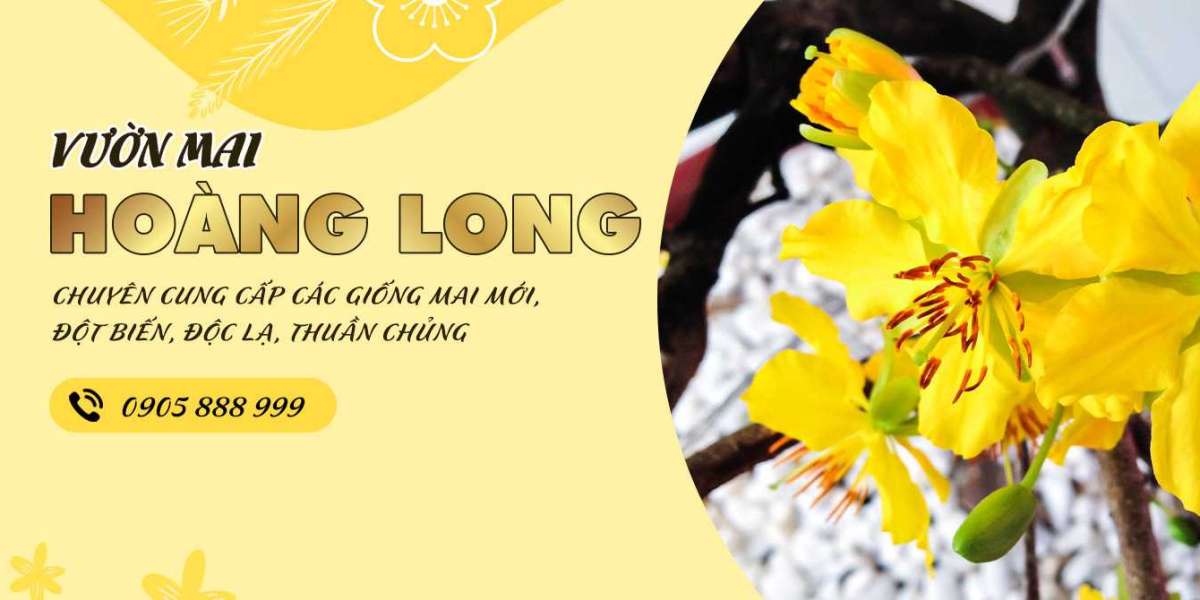Creating a thriving garden oasis requires careful selection of plants that are well-suited for garden ecosystems. Understanding the unique needs of your garden's ecosystem can help you choose the right plants, ensuring a healthy and vibrant garden. This article will guide you through the process of selecting plants that will flourish in your garden, providing detailed insights and practical advice.
Understanding Your Garden's Ecosystem
Before selecting plants, it's crucial to understand the specific characteristics of your garden's ecosystem. What type of soil do you have? How much sunlight does your garden receive? These factors play a significant role in determining which plants will thrive. For instance, sandy soil may require drought-tolerant plants, while clay soil might be better suited for moisture-loving species.
“The right plant in the right place is the key to a successful garden.”
Soil Type and pH Levels
Soil type and pH levels are fundamental aspects of your garden's ecosystem. Conduct a soil test to determine its composition and pH level. Plants such as Lavandula angustifolia (Lavender) thrive in alkaline soils, while Rhododendron species prefer acidic conditions. Adjusting your plant choices based on soil type can significantly impact their growth and health.
Choosing Plants for Sunlight Conditions
Sunlight is another critical factor in selecting plants well-suited for garden ecosystems. Does your garden receive full sun, partial shade, or full shade? Plants have varying sunlight requirements, and matching them to your garden's light conditions is essential for their success.
- Full Sun: Plants like Rudbeckia hirta (Black-eyed Susan) and Helianthus annuus (Sunflower) thrive in full sun.
- Partial Shade: Consider plants such as Hosta and Astilbe for areas with partial shade.
- Full Shade: Ferns and Impatiens are excellent choices for shaded areas.
Watering Needs and Drought Tolerance
Water availability is a crucial consideration when selecting plants. Some plants are drought-tolerant and can thrive with minimal water, while others require consistent moisture. For instance, Succulents and Cacti are ideal for arid conditions, whereas Hydrangeas need regular watering to flourish.
Incorporating Native Plants
Native plants are often well-suited for garden ecosystems as they are adapted to the local climate and soil conditions. They require less maintenance and are more resistant to pests and diseases. Consider incorporating native species to create a sustainable and low-maintenance garden.
Utilizing Companion Planting
Companion planting involves growing different plants together to enhance growth, deter pests, and improve soil health. For example, planting Marigolds alongside vegetables can help repel harmful insects. This method can create a more balanced and resilient garden ecosystem.
Product Recommendations
To assist you in creating a garden oasis, consider using the Soil Tester to determine your soil's pH and nutrient levels. Additionally, the Garden Hose is perfect for maintaining consistent watering schedules.

Conclusion
Creating a garden oasis involves selecting plants that are well-suited for garden ecosystems. By understanding your garden's soil type, sunlight conditions, and water needs, you can choose plants that will thrive and create a beautiful, sustainable garden. Incorporating native plants and utilizing companion planting can further enhance your garden's health and resilience. With careful planning and consideration, you can transform your garden into a thriving oasis.









